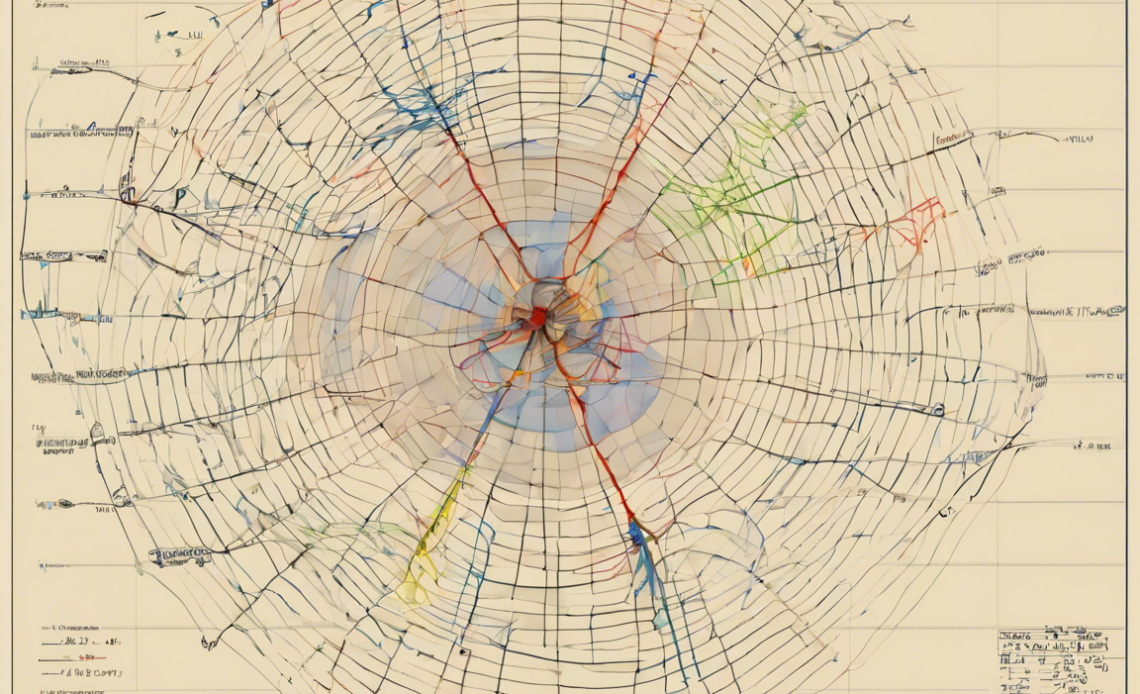
Data extraction from images or plots can be a challenging task, especially when dealing with complex graphs or charts. However, with the help of tools like WebPlotDigitizer, this process can be made much more efficient and accurate. WebPlotDigitizer is a web-based tool that allows users to extract numerical data from images of plots or graphs. In this article, we will explore how to use WebPlotDigitizer effectively for data extraction.
Understanding WebPlotDigitizer
WebPlotDigitizer is a handy tool that can be accessed through a web browser, eliminating the need for any software installation. It works by allowing users to upload an image file containing a plot or graph and then manually digitize the data points by marking them on the image. The tool provides a user-friendly interface with various features to enhance the accuracy of data extraction.
Benefits of Using WebPlotDigitizer
- Accuracy: WebPlotDigitizer enables precise extraction of data points from images, ensuring high accuracy in the digitization process.
- Versatility: The tool supports various image formats and allows users to digitize plots of different types, including linear, logarithmic, polar, and ternary plots.
- User-Friendly Interface: WebPlotDigitizer offers an intuitive interface with tools for zooming, marking data points, and adjusting axes, making the data extraction process efficient and straightforward.
How to Use WebPlotDigitizer
To effectively use WebPlotDigitizer for data extraction, follow these steps:
Step 1: Upload Image
- Open the WebPlotDigitizer tool in your web browser.
- Upload the image file containing the plot or graph you want to extract data from.
Step 2: Calibrate Axes
- Calibrate the axes of the plot by specifying the reference points and their corresponding values.
- Select the type of axes (linear, logarithmic, etc.) for accurate digitization.
Step 3: Digitize Data Points
- Use the cursor to mark data points on the plot.
- Zoom in for more precise marking, especially for closely spaced data points.
- Mark multiple data points to capture the entire dataset.
Step 4: Export Data
- Once all data points are digitized, export the data in a suitable format (CSV, TXT, etc.).
- Verify the extracted data for accuracy and completeness.
Step 5: Additional Features
- Utilize the curve fitting tool to analyze trends and patterns in the extracted data.
- Adjust settings for interpolation, smoothing, and curve fitting as needed.
Tips for Efficient Data Extraction
- Zoom In: To digitize closely spaced data points accurately, use the zoom feature to get a closer look at the plot.
- Use Reference Points: Calibrate the axes using reference points to ensure precise extraction of data.
- Mark Multiple Points: Mark multiple data points to capture the entire dataset and improve accuracy.
- Check for Errors: Double-check the digitized data points for any errors or missing values before exporting.
FAQs (Frequently Asked Questions)
1. Can WebPlotDigitizer be used for extracting data from scanned documents?
Yes, WebPlotDigitizer can be used to extract data from scanned documents as long as the plots or graphs in the document are clear and legible.
2. Is WebPlotDigitizer a free tool?
Yes, WebPlotDigitizer offers a free version with basic features for data extraction. There is also a paid version with additional functionalities.
3. Can WebPlotDigitizer handle 3D plots?
WebPlotDigitizer is primarily designed for 2D plots. While it may be possible to extract data from 3D plots, the tool is more suitable for 2D data extraction.
4. Is WebPlotDigitizer suitable for digitizing plots with nonlinear axes?
Yes, WebPlotDigitizer supports various types of axes, including linear, logarithmic, polar, and ternary axes, making it suitable for digitizing plots with nonlinear scales.
5. Can WebPlotDigitizer export data in different file formats?
Yes, WebPlotDigitizer allows users to export the extracted data in various formats such as CSV, TXT, and JSON for further analysis in different software applications.
Conclusion
WebPlotDigitizer is a powerful tool for extracting numerical data from images of plots and graphs. By following the steps outlined in this article and utilizing the tips provided, users can effectively digitize data with high accuracy and efficiency. Whether for scientific research, data analysis, or educational purposes, WebPlotDigitizer simplifies the process of extracting data from images, saving time and ensuring reliable results.

